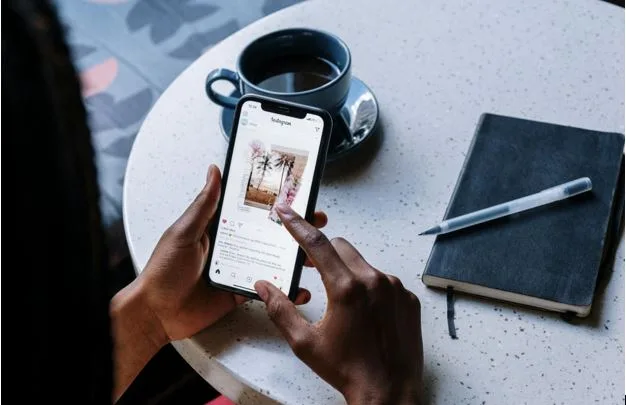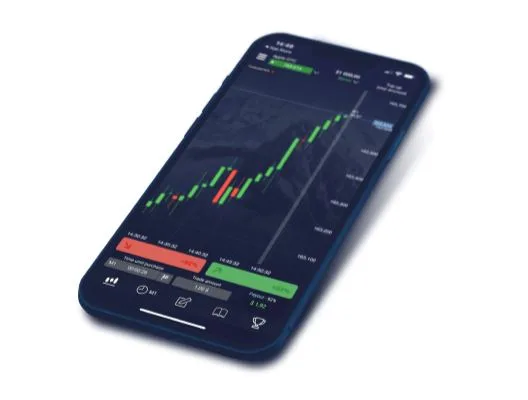The Changing Shape of Daily Life: How Functionality Has Quietly Redefined Consumer Priorities
The past decade has reshaped how people live, not just in the broader sense of global change but also in the small, daily choices they now make without much thought. Items that once sat quietly in the background of home and travel now receive greater scrutiny. People have come to expect more from what they use—better design, longer durability, and the kind of function that eases pressure rather than adds to it. The shift hasn’t arrived with loud headlines. It has emerged in quiet ways, often in the early hours or late nights when the needs of the day make themselves known.
Why the Little Things Feel Bigger Than Ever
Daily life often runs on items that people do not think about until something goes wrong. A drawer that doesn’t shut properly, a lamp that flickers, a zipper that sticks—these small moments pile up. When those minor points of friction begin to disappear, the difference becomes hard to ignore. Over time, the idea that a product should simply work, without compromise or confusion, has taken hold.
This change has shown up in purchasing habits. Instead of chasing novelty, consumers now ask whether something adds value to their day. Comfort and reliability have taken the lead. Whether at home, at work, or in transit, people want things that meet them where they are. They no longer tolerate objects that require constant fixing or extra patience. That desire for function has made space for newer brands to step into view—brands that serve not through promises, but through performance.
Footwear That Meets the Ground with Intention
Footwear stands among the most noticeable areas of this shift. It supports the body through both movement and pause. The sole, in particular, has taken on new importance. People walk across more varied terrain in a single day now than they did a generation ago. Streets, sidewalks, escalators, gravel lots, and polished floors all meet the same pair of shoes.
For that reason, designs like those from GripLux have gained ground. Rather than appeal through ornament, these shoes focus on how the body interacts with the ground. Their grip patterns help reduce slips, especially in the transitions between dry and wet surfaces. The materials respond to stress without stiffness. Over long periods, those design choices make the day easier on the knees, the back, and the mind.
Shoes like these speak not just to safety, but to a growing sense of trust in design that behaves the way people expect it to. The trend reflects not fashion but thoughtfulness. People have grown more aware of how fatigue builds and how the right support prevents it.
Personal Goods That Balance Form and Function
At home, the quiet revolution continues through the items people use each day without fanfare. Organizers, cases, holders, and garments now reflect a new kind of thinking. The things on display no longer exist only for decoration. They must function with the same calm efficiency as the rest of the home. Smooth operation has taken priority.
The Innaya Store provides a clear example of that balance. Their collections of lifestyle products center on use, not excess. Items such as compact storage pieces or fabric goods carry clean designs but never overreach in appearance. The aesthetic remains grounded in real function. These products often disappear into the space they occupy, doing their work without interruption or attention.
This approach appeals to those who want daily living to feel lighter. People no longer chase the visual weight of clutter or complexity. Instead, they move toward materials and objects that create breathing room. When something works without drawing attention to itself, the person using it feels more in control.
Home Lighting That Restores the Senses
After years of screens and bright artificial light, people have started to reconsider the environments they create at home. Lighting plays a key role in that reconsideration. The goal is no longer just visibility—it’s restoration. A room that holds the right tone of light feels more alive. The mood shifts. Energy either gathers or rests depending on what the light tells it to do.
Celestial Projectors explore that space with tools that shape not just brightness but also tone and depth. Their devices move beyond the function of illumination and step into something closer to atmosphere. A soft shift in hue, a slow pulse in light temperature—these features do not overwhelm the senses, but guide them.
Many who once ignored lighting now seek these small interventions. They realize that their energy responds to the environment. When a room calms the body, productivity follows without strain. When a space helps the mind focus, the results show up in work, conversation, and sleep. Lighting does not need to dazzle to perform well. It needs only to do its part without pulling focus.
A Broader Movement Toward Essential Design
These changes in footwear, personal goods, and lighting do not stand in isolation. They reflect a larger pattern. People have begun to strip away the parts of consumer life that never delivered what they promised. That means fewer gimmicks, fewer rushed purchases, and more quiet intention. It does not mean a return to minimalism, but a movement toward essentials.
Products that win in this new space often carry quiet confidence. They do not shout through branding or trend. They offer utility with a certain stillness—like a well-weighted door or a perfectly sharpened pencil. You don’t think about them once they start working, and that’s the point. Their presence supports rather than interrupts.
In that sense, the shape of daily life now bends toward balance. Not the kind achieved through perfect routines or curated shelves, but through decisions that reduce friction and restore energy. That may mean a pair of shoes that doesn’t slip, a room that glows the right way at night, or a drawer that finally closes without a tug. These moments, though small, build a rhythm that sustains people in their real lives.
In the end, the objects people choose matter not because of their price or pedigree, but because of how they behave. When a product meets the need without drawing attention to itself, it earns its place. And when enough of those products come together, they shape a day that feels less rushed and more in tune with what people actually need.




